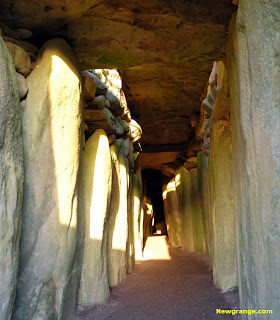
For over a year now, I've been mentioning my upcoming title, I Had Rather Die: Rape in the Civil War. When I first studied the Civil War for my fictional trilogy, I read quotes from historians that claimed the Civil War was a "low-rape" war. At the time, I didn't question their research, but as I learned more about the war, I began to doubt the belief. Around seven years ago, I started researching the subject in earnest with the intent on writing an article. I found more historians repeating "low-rape" war without any citations or serious research.
Words like "restraint" were fairly common as to why Victorian men supposedly didn't rape during wartime. These same Victorian men had no difficulty shedding that restraint when it came to raping black or Native American women. So restraint meant white women specifically. As I dug into the material further, it became clear that restraint was reserved for upper-class white women, and even then, women of all classes had been raped.
As it turns out, I wrote an article, using mostly secondary sources. Eventually, a now defunct Civil War magazine published it, almost a year after submission. By that time, I had amassed a database numbering into hundreds of incidents of rape. Only then did I realize my article had grown into a book. At first, I scoured the period newspapers and the Official Records of the Union and Confederate Armies, which are commonly referred to as the Official Records or OR for short. The OR consist of 128 lengthy volumes of the official reports, orders, and correspondence of the two armies.
This research was easy compared to the next phase when I started collecting records from the courts-martial. For over two years, I traveled back and forth to the National Archives in Washington, D.C., photographing the trial records of soldiers who had been accused of rape. When I got home, I went through the tedious process of transcribing the records. At the same time, this method allowed me to maximize my time at the Archives by photographing as many records as possible in any given visit.
Sometimes, I'd miss a page or a couple of pages came out blurry. As a result, I had to pull the record again on my next visit and locate the missing pages. Fortunately, most court transcribers of the era numbered the documents, which usually helped my search. Some of the Confederate guerrillas had been accused of numerous crimes besides rape. Those particular trials could be over 100 pages in length, and I would have to scour through them to locate the relevant info for my book.
The title I Had Rather Die comes from a court-martial record. One woman testified that she would "rather die" than be raped. In that particular case, the two men were executed, which was fairly uncommon during the time, even though rape was considered a capital offense. The men in question had a history of trouble making, plus she had a sympathetic ear from General Marsena Rudolph Patrick. He located the assailants because one of the men had bragged about what they had done.
As anyone might guess, reading so many accounts of rape was daunting, and there were many times that I wanted to give up. The stories were heartbreaking. That's also the reason why I couldn't let go. The women who spoke of their torment had been silenced before, when their voices had been dismissed to a "low-rape" war. Like any other war, the Civil War had numerous rapes. At long last, the survivors' voices have been heard.
Kim Murphy
www.KimMurphy.net






